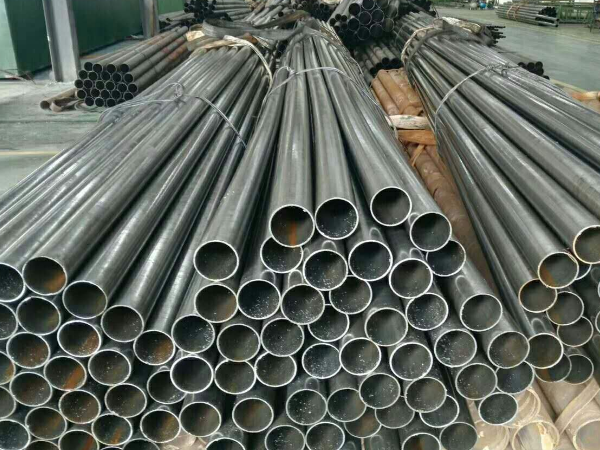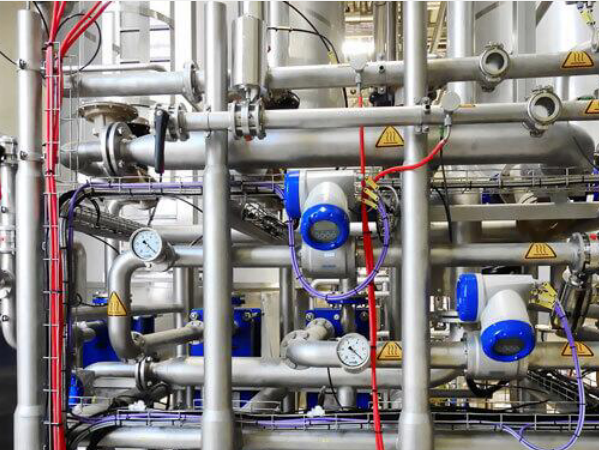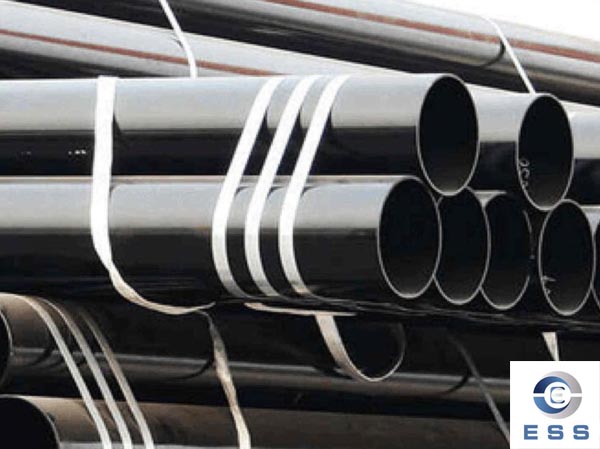1. Wild tube heating defects and prevention
After rolling the pipe rolling machine, the waste tube is generally uniformly consistent, and it is difficult to meet the requirements of the final rolling temperature of the waste tube. Therefore, it needs to be heated to the gold phase before the fixed trail. The heating furnace mainly includes a step -by -step heating furnace, a continuous roller base heating furnace, an oblique primer reassembly furnace, and an inductive response heating furnace. The main quality defects caused by the waste tube during heating, including uneven heating of the waste tube, too high or too low heating temperature, unreasonable gold -phase tissue, severe surface oxidation and decarburization, overheating or excessive burning, and the tube body in the tube. Mechanical abrasion in the heating furnace.
Unemployment of waste tube heating
Generally speaking, there are head temperature differences after rolling the machine rolled. The slower the rolling speed of the rolling machine, the longer the rolling time, and the greater the temperature difference between the head and tail of the barren tube (reflect the most obvious cycle pipe rolling unit). When the barren tube with a head and tail is entered and then heated, if the heating time is not enough, the temperature difference is difficult to eliminate. Another situation is that if the furnace of the furnace is wide, and when the heating of the mouth burns is uneven, it is also prone to the vertical temperature difference between the waste tube. And when the wall thickness of the barren tube, the shorter the heating time, the uneven temperature is more serious. In order to ensure the uniformity of the heating temperature of the waste tube, the heating time of the waste tube should be ensured, the heating time in the furnace and the uniformity of the atmosphere in the furnace should be selected.
Steel pipe micro -tissue is unreasonable
The
seamless steel pipe that is no longer needed after the fixed diameter. Its performance is to achieve its performance through re -heating before the fixed diameter of the waste tube and the cooling system after the fixed diameter. If the re -heating temperature and heating time of the desert tube may occur, such as the size of the Austrian body crystal, or the carbides in the steel do not fully enter the medium conditions of the Austrian body grain, which will cause wasteland to cause wasteland. The micro -tissue of the tube is unreasonable and affects the performance of the steel pipe.
Wild tube surface oxidation and decarbon
During the re -heating process of the desert tube, a deficiency that often occurs is that when the surface of severe oxidation (thicker oxide is thicker, the steel pipes after a device will produce hemp surfaces) and decarburized. The effective way to eliminate the hemp surface of the steel pipe and the surface of the surface is to ensure that the atmosphere in the furnace is weak and restore. In accordance with the requirements of the heating process, control the heating time and temperature. And short heating time.
Scruch on the surface of the desert tube
It is mainly caused by the deserted tube on the outlet roller pipe of the heating furnace, or on the spiral rod on the spiral rod pushing the spiral rod, and the screw roller or the spiral rod occurs with relative sliding. At present, there is no way to completely eliminate the surface scratching of the waste tube. The following points are mainly used to reduce the abrasions: a. Tao and spiral rods; c. Cold water technology in the roller;
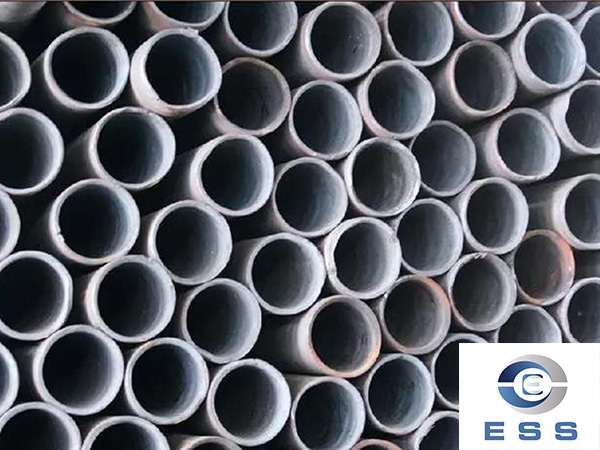
2. Steel pipe heat treatment defect and prevention
Regardless of the use of positive fire, annealing, fire, quenching, and other process thermal treatment processes, the steel pipes need to undergo basic processes such as heating, insulation and cooling, etc. in the process, which may cause defects in the steel pipes in these processes. Steel pipe thermal treatment defects mainly include unqualified tissue performance of steel pipes, excess size, surface cracks, abrasions, severe oxidation, decarburization, overheating or over -burning, and oxidation such as
seamless carbon steel pipe surface oxidation when protecting gas heat treatment.
Steel tube tissue performance is unqualified
During the heat treatment, the performance of the steel pipe is not met because the heating temperature of the steel pipe is incorrect, or the insulation time is unreasonable, and the cooling speed is too fast or too slow. In this regard, when the heating process is formulated, the alloy elements in the steel, the heating temperature of the steel pipe, the original tissue and the size of the steel's austenitic change should be fully considered. The second is to formulate the heating temperature of the steel pipe according to the iron -carbon balance map. The third is to clarify thermal treatment method, heating temperature, recovery temperature and cooling speed. After the process is formulated, it must be verified by small batches before energy production.
The size of the steel pipe is unqualified
After the heating of the
seamless black steel pipe, the size will change significantly in some cases, including changes in the outer diameter, ellipse, and bending. The changes in the outer diameter often occur in quenching process. After the steel pipe quench, the main tissue has become martensite and bellnia. Due to the changes in the tissue, the volume change increases the outer diameter of the steel pipe. In order to reduce the changes in the outer diameter, the fixed diameter process is often added after the ignition process. The changes in the ellipse usually occur at the end of the steel pipe, mainly caused by large -caliber thin -walled steel pipes during long -term high temperature heating. To prevent the rationality of the heating system from changing the main change of ellipse. Sometimes, even if the heating system is reasonable, once the D/S value is too large, the steel pipe will be "burned", which will cause the end to "not round". In this case, as long as the steel pipe can be used to rotate the edge of the steel pipe, it can prevent the prevention of the steel pipes to prevent it. Essence There are many factors that affect the bending factors, mainly including steel pipe heating and uneven cooling, especially the cooling speed of the longitudinal or horizontal parts when the steel pipe is quenched. Generally speaking, bending steel pipes can be eliminated by straight machines.
Steel tube cracks
During the heat treatment process of the steel pipe, the excessive temperature stress can cause the steel pipe to produce surface cracks. The main reason is caused by heating or cooling speed. When the alloy thick wall steel pipe is heated, if the temperature in the furnace is too high, the steel pipe will encounter high temperature and rapid heating after entering the furnace. When the tensile strength of the material is limited, cracks appear on the surface of the steel pipe. Due to the decision of quenching process, the probability of surface cracking during the quenching of steel pipe gold is relatively high. When a steel pipe has non -metal mixed objects, components, and tissue bias, the possibility of quenching cracks in steel pipes increases. In order to reduce the thermal treatment cracks of the steel pipe, on the one hand, the heating system and cooling system of the steel pipe should be formulated based on the steel type, and the appropriate quenching medium should be selected; on the other hand, the harden pipe that has been quenched should be ignited or annealing to eliminate its internal stress as soon as possible.
Bad and bumps on the surface of the steel pipe
It is mainly due to the defects formed on the surface of the steel pipe on the surface of the steel pipe when the steel pipe is heated or after heating in the heating furnace or in the quenching device or during the roller conveying process. Prevention of this defect, while ensuring the normal operation of the heating equipment, minimize the relative sliding speed between steel pipes and workpieces, tools and rollers, and reduce the chance of collision between each other.
In short, whether the hot -rolled seamless steel pipe is heated before the pipe pipes through the pipe, or after the rolling tube is heated before the device is set (reduced), or the middle of the cold -rolled (pulled) steel pipe anneal, as long as heating process parameters design and design and If the control is improper, the tube (steel pipe) will produce quality defects such as uneven heating, oxidation, decarburization, heating cracks, overheating, or excessive burning, which ultimately affects the quality of the steel pipe. Therefore, the quality control of the pipeline (steel pipe) must be strengthened.
Read more : Differences between seamless black steel pipe and black iron pipe









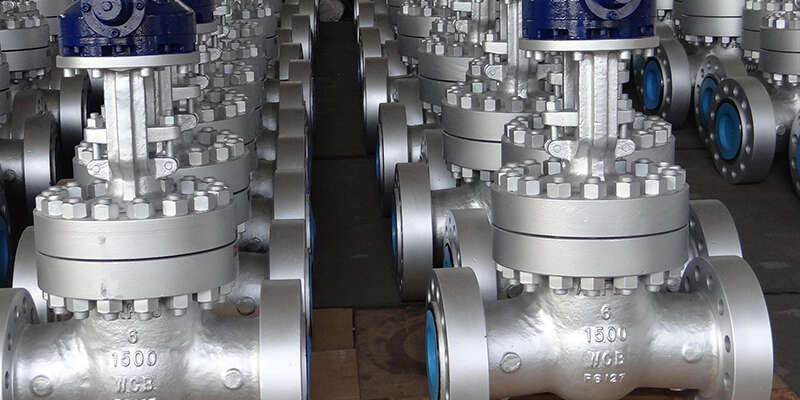
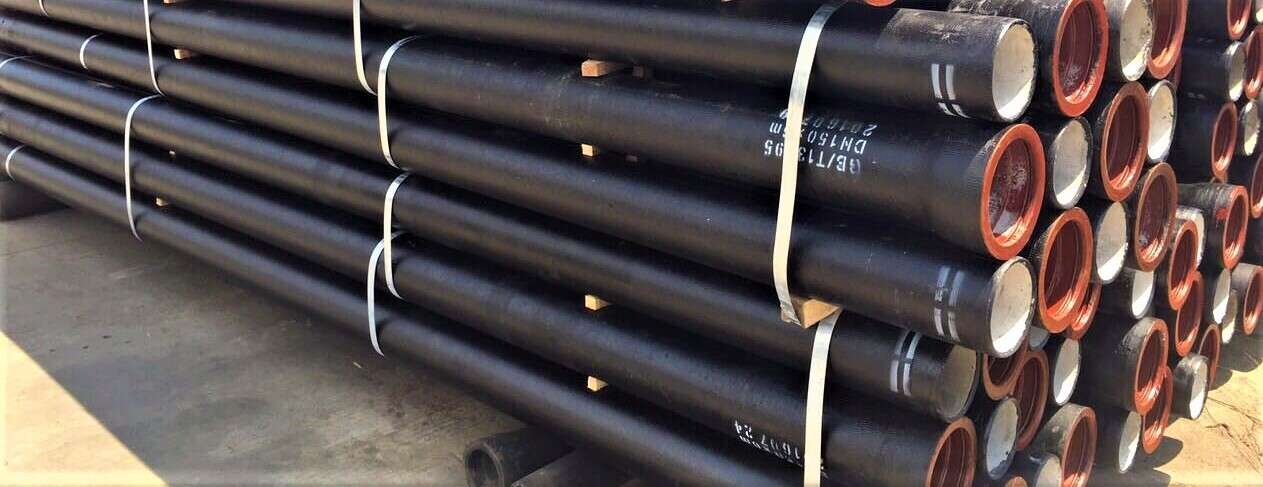


 Eastern Steel Manufacturing Co., Ltd no solo mejora la producción de productos y los servicios de venta, sino que también brinda servicios adicionales de valor agregado. Siempre que lo necesite, podemos completar sus necesidades específicas juntos.
Eastern Steel Manufacturing Co., Ltd no solo mejora la producción de productos y los servicios de venta, sino que también brinda servicios adicionales de valor agregado. Siempre que lo necesite, podemos completar sus necesidades específicas juntos.







